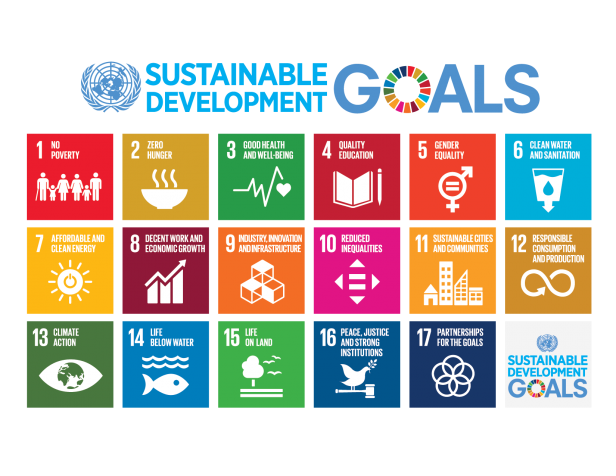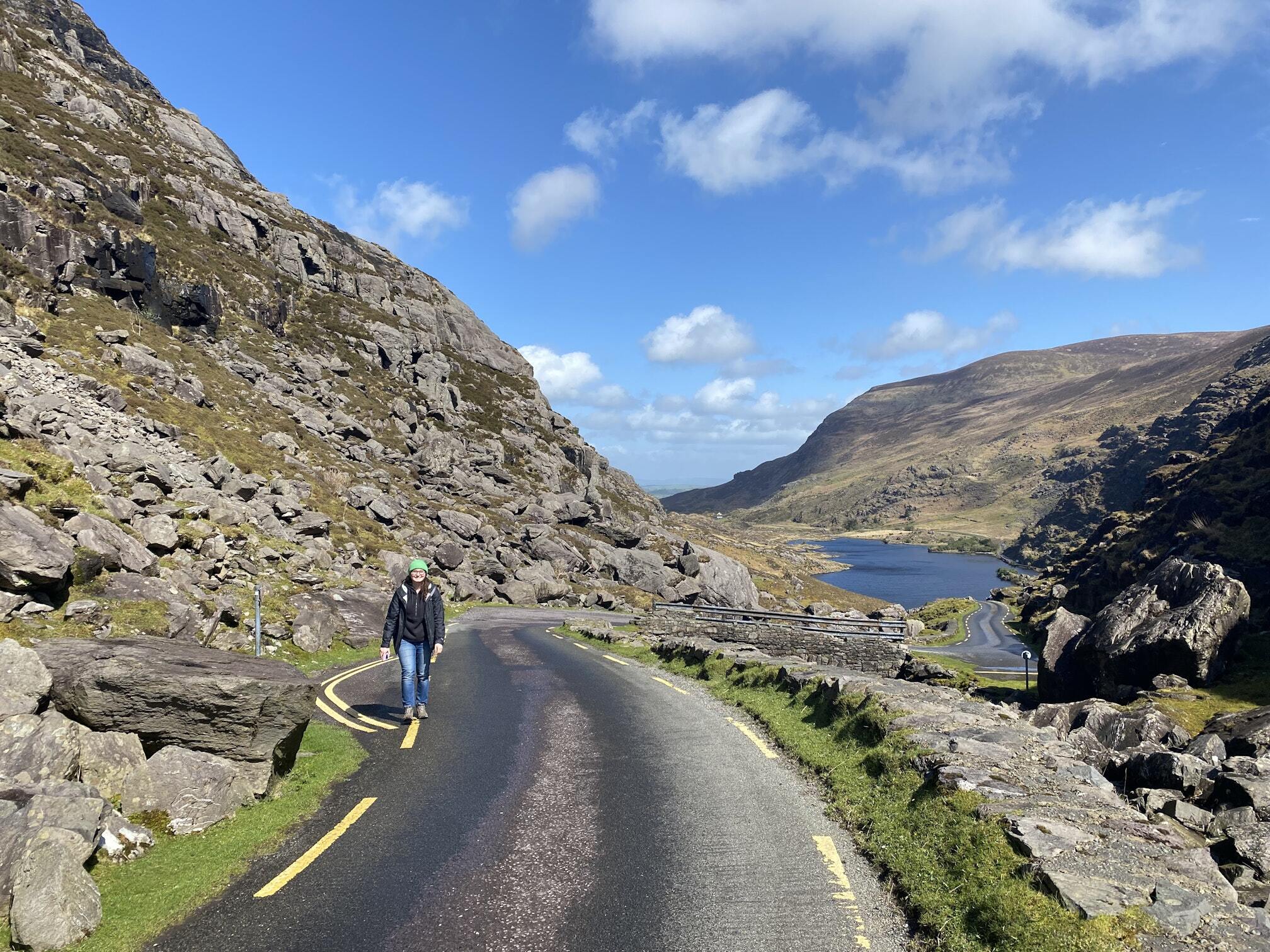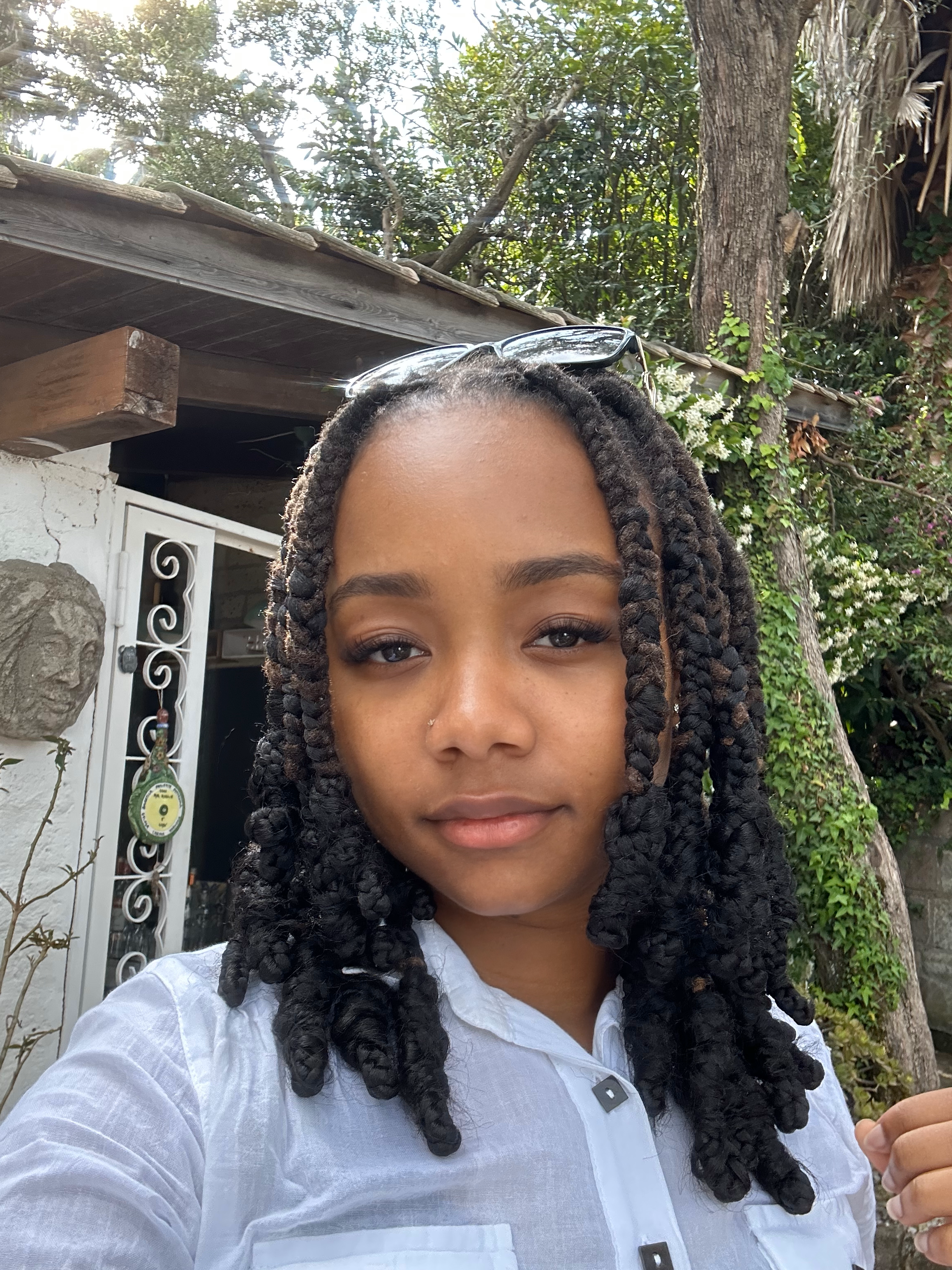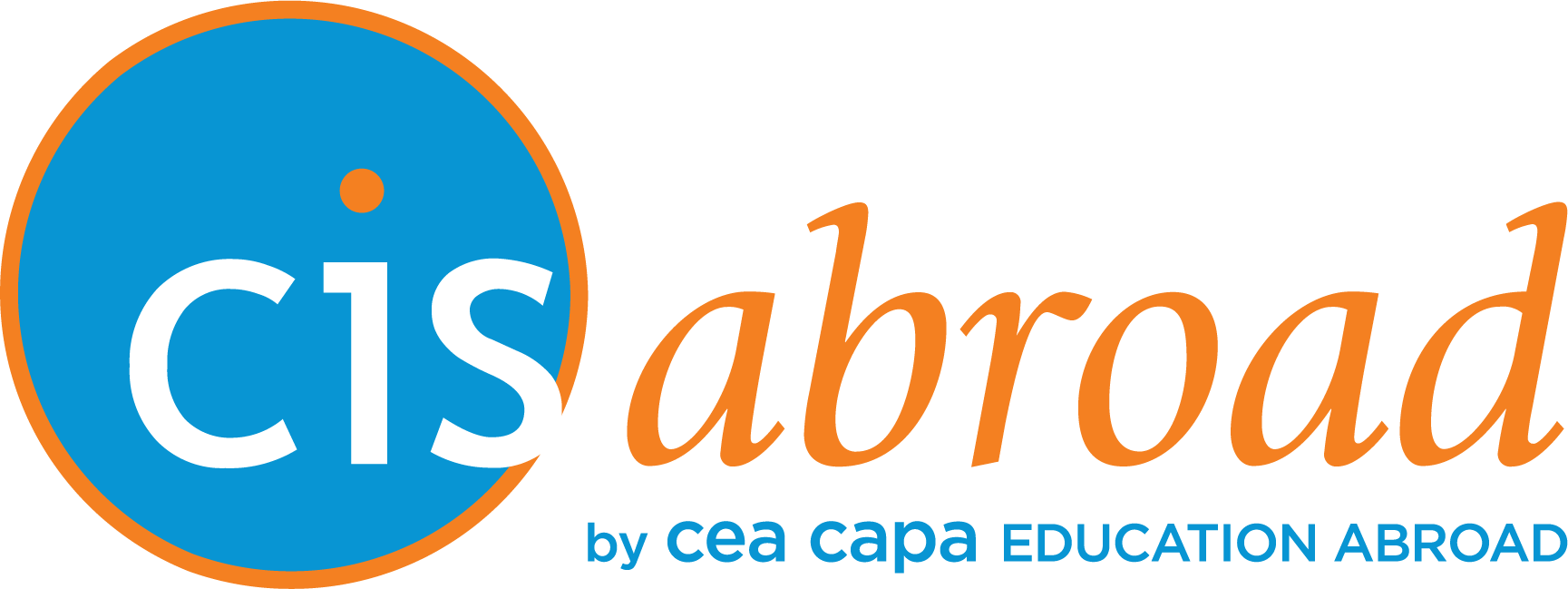The very nature of an international education experience, regardless of its primary topic and learning outcomes, should relate to global concerns. What better way to guide our work than through the lens of the 17 United Nations Sustainable Development Goals (SDGs), designed in response to the world's most complex and pressing issues. The Forum on Education Abroad has created a set of guidelines specific to this alignment. To understand the connection of the SDGs to our work, here are a couple definitions:
International Education:
NAFSA, the world's largest nonprofit dedicated to international education and exchange, defines international education as “a field that advances learning and scholarship; building understanding and respect among different peoples; and enhances constructive leadership in the global community. NAFSA and its members believe that international education is fundamental to fostering peace, security, and well-being.”
UN Sustainable Development Goals (SDGs):
A shared blueprint for peace and prosperity for people and the planet, now and into the future. At its heart are the 17 SDGs, which are an urgent call for action by all UN countries for a global partnership. They recognize that ending poverty must go hand-in-hand with strategies that improve health and education, reduce inequality, and spur economic growth – all while tackling climate change and working to preserve our oceans and forests. (United Nations)
When looking at these terms side by side it’s a wonder how many similarities and synonyms exist in these descriptions:
| International Education |
UN Sustainable Development Goals |
| Peace |
Peace |
| Learning |
Education |
| Well-being |
Health |
| Security |
Prosperity & ending poverty |
| Community |
Partnership |
| Understanding and respect |
Reduce inequality |
 The only real outlier between these two terms is the SDG focus on the planet and environment. While the environment is not specifically addressed in international education, it is inherently linked with well-being and security.
The only real outlier between these two terms is the SDG focus on the planet and environment. While the environment is not specifically addressed in international education, it is inherently linked with well-being and security.
The SDGs can be depicted in a number of ways, but a common visual representation is the SDG Wedding cake to the right. Developed by the Stockholm Resiliency Centre the model shows the different and nested layers of earth’s system.
- Biosphere (planet/ecology)
- Society (people/social systems)
- Economy (Prosperity)
The biosphere represents the foundation upon which society and the economy are built, but the model as a whole shows how all 17 SDGs are deeply intertwined. This model shows the need for a holistic approach, recognizing how one action towards one of the SDGs might affect others. Given the direct parallels between international education goals and the Sustainable Development Goals, intentionally aligning our work with the SDGs is the logical next step.
What exactly does this mean for our program designs, specifically faculty-led programming? How can we consider the following in all of our decision making and planning?
- Environmental stewardship
- Understanding poverty and food insecurity in areas visited
- Responsible consumption and a circular economy
- Understanding and respecting new cultures and communities
- Highlighting and supporting women-owned businesses
- Community partnership and reciprocity
- Access to education at all levels
- Low waste and emissions reduction
- Understanding peace and security
- Amplifying voices of underrepresented or historically marginalized communities
- Health and wellbeing
- Supporting the local food system
- And more!
Below are some considerations for aligning your curriculum and program logistics with the Sustainable Development Goals (SDGs). This is not an exhaustive list, but rather a starting point to begin to align our work with the 17 Sustainable Development Goals.
Curriculum and Co-curriculum Considerations
There are countless ways to integrate the SDGs into the program you are working to design. Both the academic themes and the destination will be the drivers of the program design and content. Consider the different SDGs that might relate to your topic of study with an eye towards the interconnected nature of biosphere, society, and economy. Consider your destination of study and what areas that country and/or city is excelling in with regard to the SDGs and with regard to your topic of study. Once you sit with this for a while, consider the following three categories of “activity” to create a well-rounded, academically relevant, sustainable, and impactful program.
Academic curriculum activities
Every job or industry has the potential to be performed or designed more sustainably, so what lens can you use with your field of study in order to bring these themes into what is being taught? Here are some ideas below. How can you integrate these themes into activities and industry visits and discussions?
- Economics - economic growth and the impact on poverty, circular economy, sustainable production and consumption
- Architecture – sustainable building design, waste reduction, energy usage, biomimicry
- Fashion and textiles – workers rights, fast fashion & waste, supply chain, material sourcing and production
- Engineering – sustainable engineering - designing products and processes that drive material and energy efficiencies,
- Tourism & hospitality - community-based eco-tourism, local sustainable food system
Nature-based activities - If your academic focus has limited connections to the environment, this is a way to integrate those SDGs into your program. These activities can be a space for students to experience, appreciate, learn about, and to connect with their environment. This could be:
- A hike
- A visit to an eco-sanctuary
- Bird watching
- Planting a tree
- A whale watching tour
- A farm visit with hands on experience
- Or community-based ecotourism activities or volunteer work.
Cultural activities and experiences
Culture is linked to so many facets of life. Art, food, history, nature, etc. When building out your itinerary consider local guides for activities as well as community-based ecotourism tour companies when needed. These organizations prioritize both people and the planet aligning very closely with many SDGs. Make sure to educate participants on how and why you chose particular experiences and organizations to show the intentionality and commitment behind the program.
Logistics and Planning Considerations
Travel and Transport
- Help reduce emissions on overseas flights by choosing direct flights and fuel-efficient and route optimizing airlines.
- While on-site, utilize public transportation and walking whenever possible.
- Consider more central program locations, for ease of access to public transportation or walking and proximity to visits and excursions.
- Immerse the program in only one or two locations, rather than moving around to many areas
- If using a tour or bus company, consider supporting a local operator or women or LGBT owned companies
- Educate participates on the impact of air travel and the impacts of tourism on the local community
- If you are running a program term after term consider using the same vendors to contribute to their economic development and stability
SDG impact areas
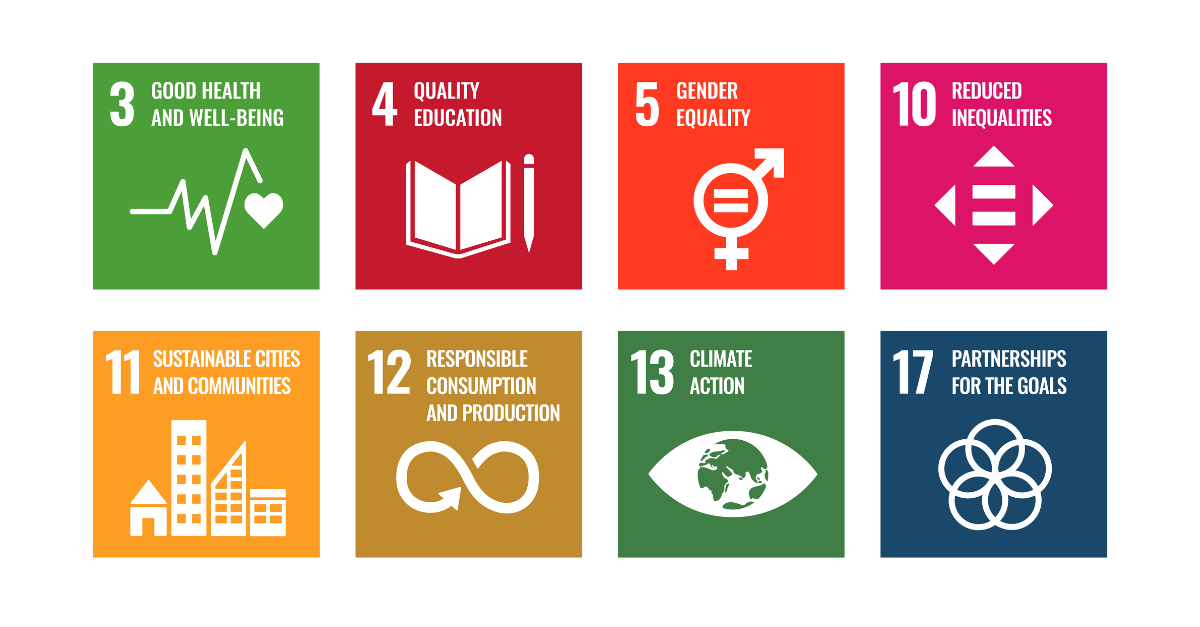
Meals
- Support minority farmers and business owners
- Look for restaurants with zero waste initiatives and sustainable practices or that partner with organizations supporting access to healthy food for the community.
- Individual portions versus buffets create less food waste
- Eat local (less distance = less emissions), support local farms and restaurants
- Educate students on where their food is coming from and the factors impacting local producers and the food system such as economic, water access, and pollution
- Support social enterprises that reallocate food surplus to food shelves or community organizations
- If you are running a program term after term consider using the same vendors to contribute to their economic development and stability
SDG impact areas
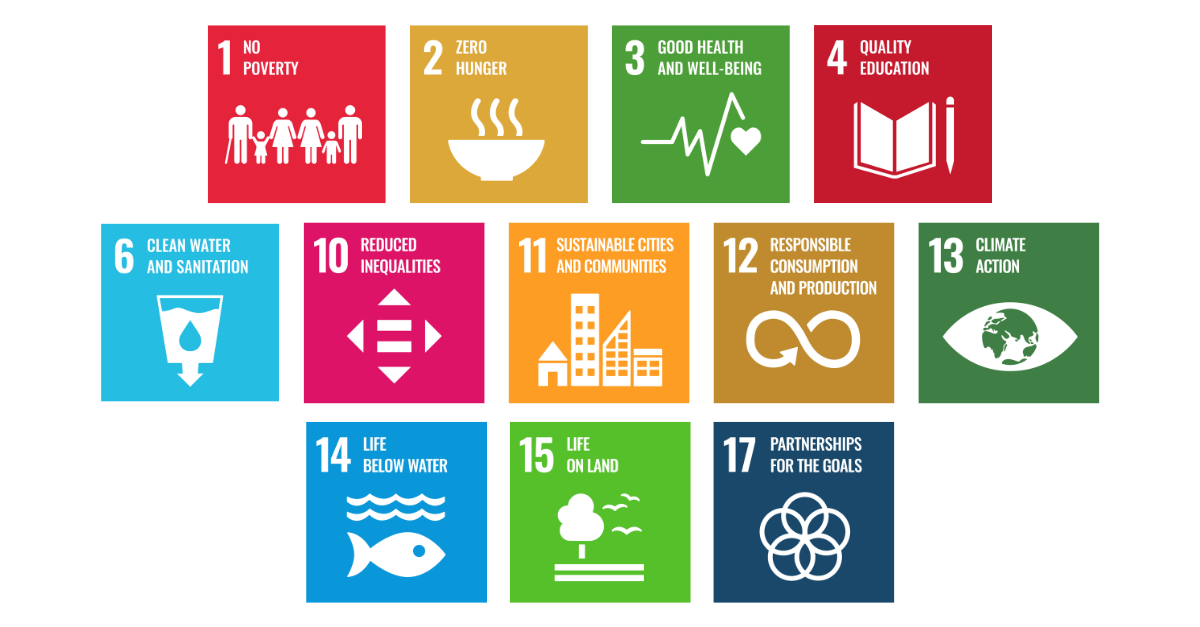
Accommodations
- Prioritize your accommodations to be in a central location to walk, cycle, or ride the bus or train to events and activities
- Stay at a hotel that has a corporate sustainability and social responsibility policy
- Stay in a local family owned B&B to support the local community and economy
- Stay in women-owned or LGBTQIA+ owned accommodations
- Stay at community based eco-tourism accommodations. These are establishments that prioritize sustainability and minimize their environmental impact in different ways and give back to the community to support programming and local interests.
- Wherever you do stay, have a session to educate participants on why you chose that particular space and how they support their community and sustainability.
SDG impact areas
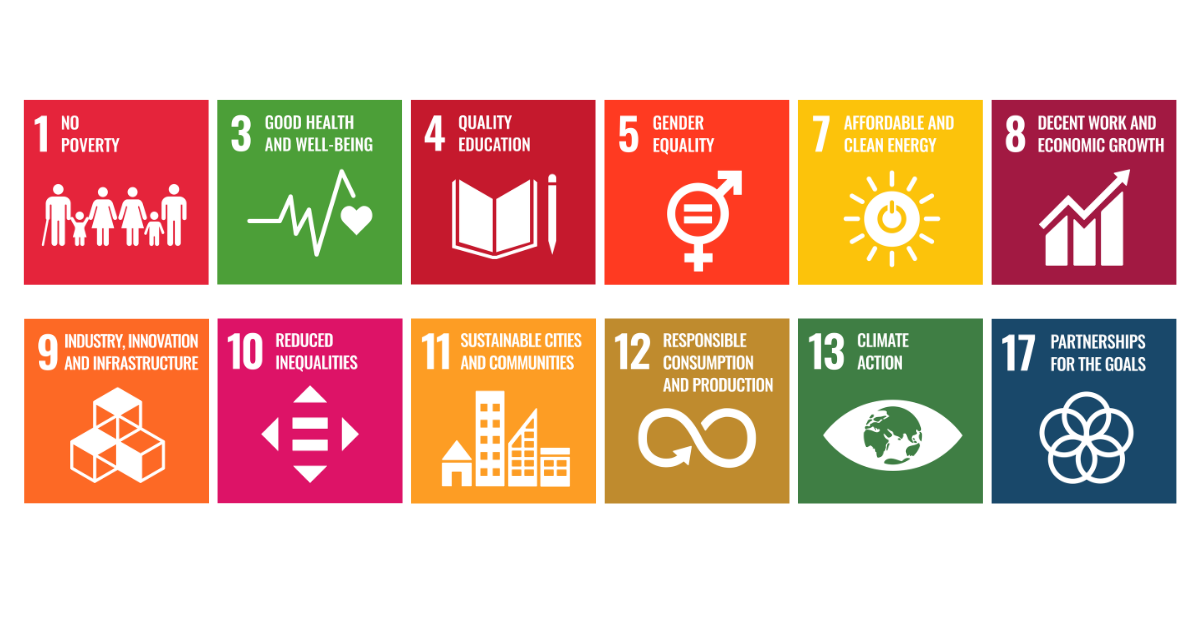
Now, don’t go thinking you have to reinvent the wheel. It is highly likely you have existing or previous programs that have connections to the SDGs - you just don’t call them that. We might not need to change much, we just need to consider the many connections and categories of the SDGs and how to build a more robust curriculum and experience around them. Connections are everywhere and we will be setting students up for a higher success rate in their future and our future world if we help them understand the interconnectedness of people and the planet.
Need help making the shift to considering and highlighting the SDGs in your programming? Start building your program today by filling out our questionnaire and your Program Coordinator will be happy to help.
